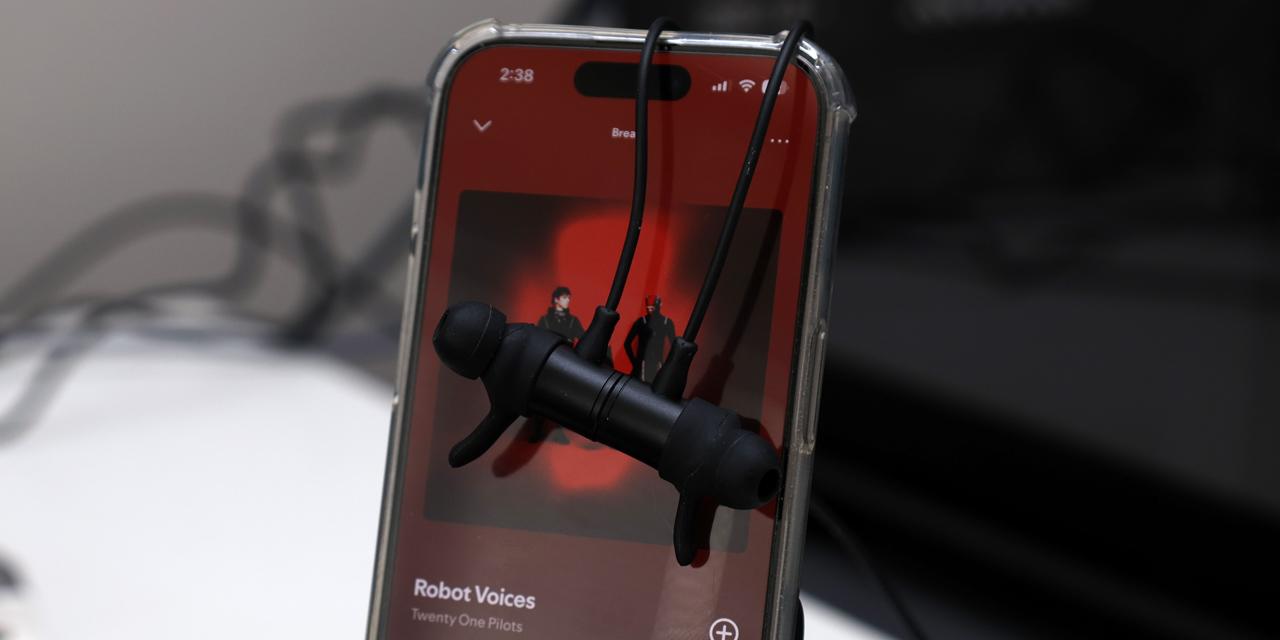|
From X-bit Labs: The next-generation desktop central processing units (CPUs) from Advanced Micro Devices with Bulldozer micro-architecture are projected to offer around 50% higher performance compared to existing chips from AMD and Intel. While the promises seem very promising, they should be considered as extremely rough estimates. An AMD document obtained by Donanimhaber web-site claims that an eight-core Bulldozer microprocessor offers 50% higher performance compared to quad-core Intel Core i7-950 with HT microprocessor in games, rendering and multimedia applications. The web-sites does not specify which benchmarks were used. In fact, 50% higher performance versus a quad-core chip does not seem to be bad, especially in games that do not usually take advantage of multi-core chips. The web-site claims that AMD compares performance of the Core i7-950 with performance of AMD Phenom II X6 1100T chip, which is considerably slower than its rival, according to performance tests conducted by X-bit labs. It is unclear whether AMD showed the model 1100T being slower or faster than the i7-950. Test settings were not revealed. Typically, AMD publishes so-called "simulated benchmark results". Rumours published earlier this month suggested that AMD plans to return the FX products family with extreme performance. Indirectly, this information confirms very high performance of new microprocessors from AMD. Engineering samples of code-named Zambezi (desktop Bulldozer) chips became available for AMD's partners for testing in December, 2010. Production candidates should be ready by February '11 and the initial production of the company's first desktop microprocessors powered by the long-awaited Bulldozer micro-architecture is scheduled to start in April next year. Probably, the launch of the chip will occur around the same timeframe. Eight-core Zambezi features four dual-core Bulldozer modules, each of which is believed to have 2MB of shared level-two cache, that will share 8MB L3 cache. In total, the whole chip will pack in whopping 16MB of SRAM, a 77% increase from the current six-core microprocessors that have 9MB of cache in total. Clock-speeds of the chip may be as high as 3.50GHz or even higher. View: Article @ Source Site |
 |
AMD's Bulldozer Expected to Offer 50% More Performance than Core i7, Phenom II
© Since 2005 APH Networks Inc. All trademarks mentioned are the property of their respective owners.





